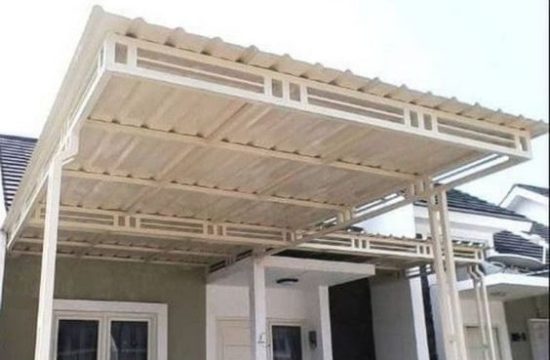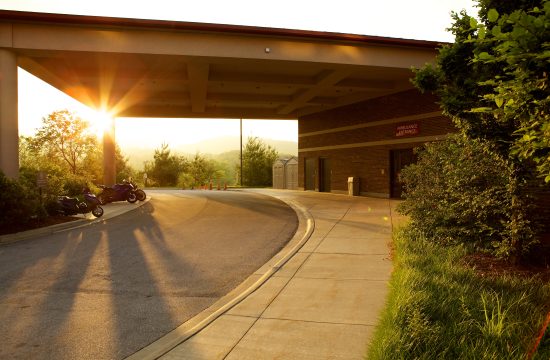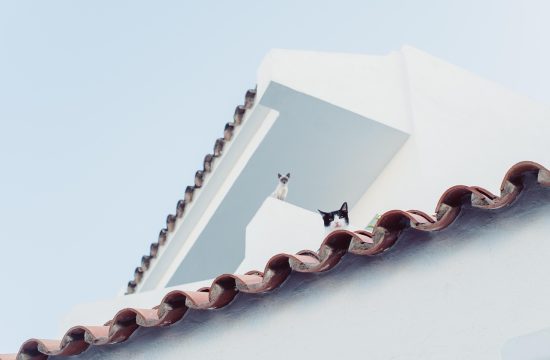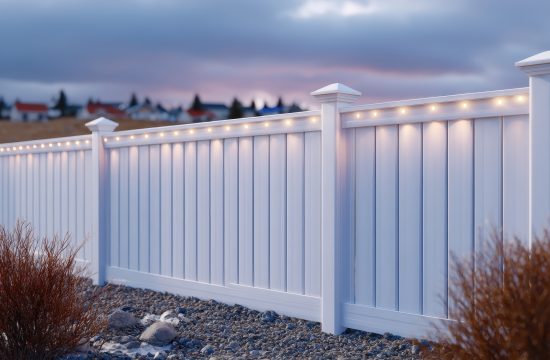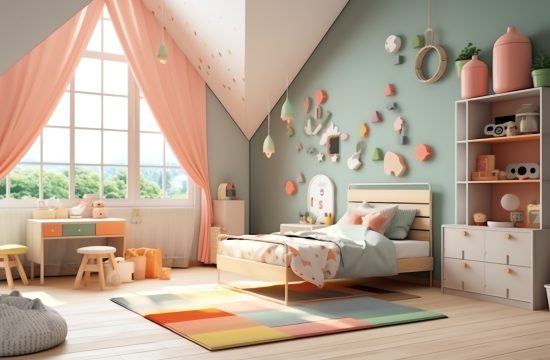One way to make a home interior look luxurious is to use travertine marble. Travertine is one type of natural stone that currently popular, it can be applied as a building material for floors and walls. Travertine marble is not a new type of marble because it has actually been known for a long time. Until now, travertine marble is still often used in buildings and houses, especially for luxury homes. Before buying travertine marble, get to know about this type of natural stone first.
Travertine is a lime stone that comes from mineral springs, especially hot springs. Travertine is produced by the deposition of calcium carbonate which can be found in the mouth of hot springs or in limestone caves. This is what gives travertine its fibrous appearance as well as the white, brown, and cream colored varieties. Travertine marble can applied to living room floors, stairs, foyers, and of course the walls of the room. In addition, travertine marble can also be used in outdoor areas.
Travertine has different characteristics from other types of natural stone. It has natural grooves and holes on its surface. These holes determine the quality of the travertine. Generally, the fewer holes in the travertine, the better of the quality and the more expensive it will be. On the other hand, the more holes in the travertine, the less quality and cheaper.
The holes in the travertine marble are scattered all over the surface with different sizes. In the process, travertine marble gets two treatments, some are finished by filling the holes until they are tightly closed (filled travertine surface), some are left open and only polished with gloss (unfilled surface travertine). This finishing distinction will determine the position of the travertine marble installation. Installation in building interiors for walls and floors is normal using the filled surface travertine type. While the usual exterior applications use the type of unfilled surface travertine.
Travertine has a fairly high degree of slipperiness. For that, you must be careful in terms of the installation position. If travertine marble installed on the walls of the house, there are no general problems that need attention. It’s different if you install this material as a floor in the kitchen or bathroom. In order to reduce the slipperiness of traveritine marble and make it safe as a floor, you need a travertine finish that is not too slippery.
–sh






